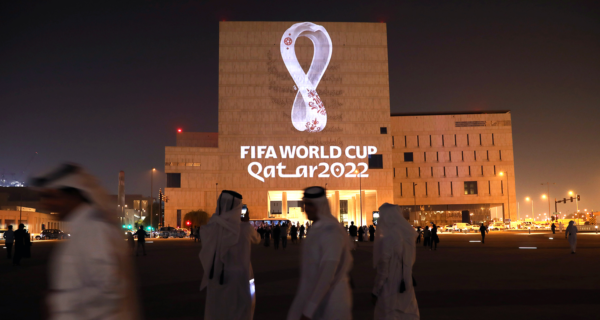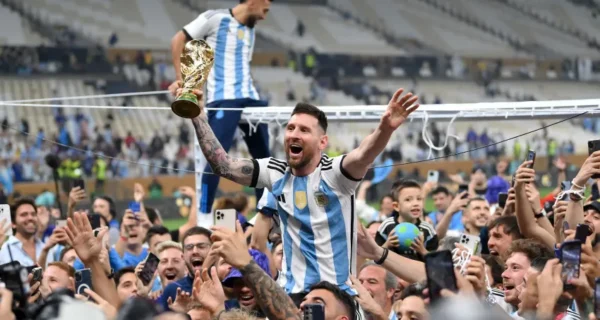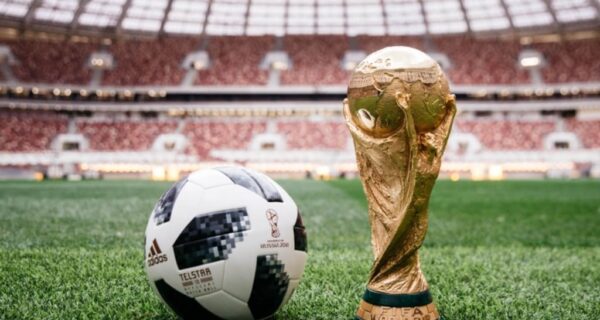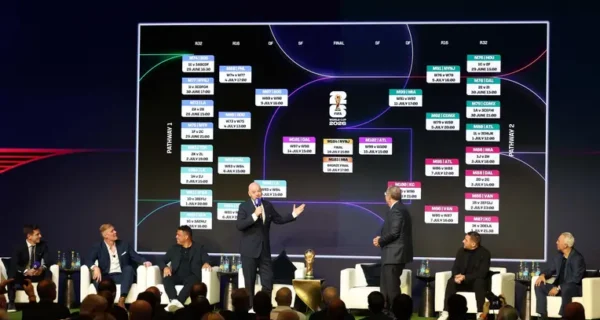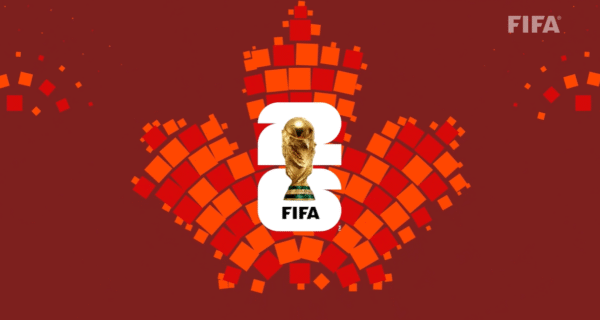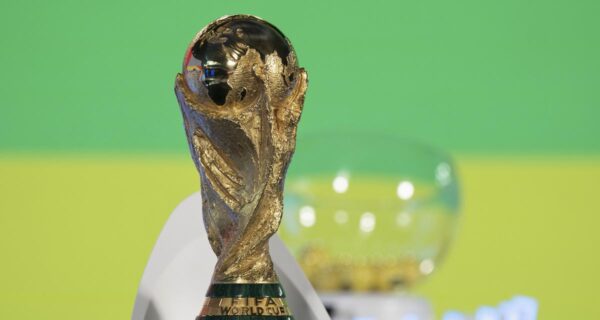The FIFA World Cup trophy stands as the ultimate symbol of football excellence, coveted by nations and players alike. Since its introduction in 1974, this gleaming prize has been hoisted by legends like Diego Maradona, Zinedine Zidane, and Lionel Messi.
Beyond its symbolic value, the trophy’s physical attributes—its weight, dimensions, and materials—tell a story of artistry, engineering, and historical legacy. Here’s everything you need to know about football’s most iconic award.
The Weight of the FIFA World Cup Trophy
The current FIFA World Cup trophy weighs 6.175 kilograms (13.61 pounds), a figure that balances grandeur with practicality. While it appears solid, the trophy is hollow—a deliberate design choice to ensure it remains liftable during celebratory moments. If crafted from solid gold, it would weigh an impractical 70–80 kilograms, making victory celebrations a literal heavyweight challenge.
Crafted from 18-karat gold (75% pure gold), the trophy’s composition blends luxury with durability. The remaining 25% consists of alloy metals like silver and copper, which stabilize the structure.
This hollow construction, confirmed by its Italian manufacturer GDE Bertoni, ensures the trophy remains manageable for players to raise triumphantly. Winners receive a gold-plated bronze replica, while the original remains under FIFA’s guardianship in Zurich.
Dimensions and Structural Design
The trophy’s dimensions reflect a harmonious blend of artistry and symbolism:
- Height: 36.8 centimeters (14.5 inches), slightly taller than its predecessor, the Jules Rimet Trophy.
- Base Diameter: 13 centimeters (5.1 inches), featuring two bands of malachite—a vibrant green semi-precious stone.
- Shape: Two stylized human figures holding a globe aloft, symbolizing global unity through sport.
Comparison to the Jules Rimet Trophy
The original Jules Rimet Trophy, used from 1930 to 1970, differed significantly in size and materials. Standing 35 centimeters tall and weighing 3.8 kilograms, it was made of gold-plated sterling silver with a lapis lazuli base.
Its design depicted Nike, the Greek goddess of victory. After Brazil claimed it permanently in 1970, FIFA commissioned the modern trophy, which prioritizes durability and symbolic resonance over the older model’s classical aesthetics.
Materials and Craftsmanship
The trophy’s construction is a marvel of metallurgy and gemology:
- Gold Content: Contains 4,927 grams of pure gold (30,875 carats), valued at approximately $250,000 based on current gold prices.
- Malachite Base: The green stone bands are not merely decorative; malachite’s durability ensures the base withstands decades of handling. Its color symbolizes growth and renewal, aligning with the tournament’s quadrennial cycle.
- Hollow Core: Reduces weight without compromising visual impact, a necessity for a trophy that must be lifted high amid jubilant celebrations.
Crafted by Italian sculptor Silvio Gazzaniga, the trophy’s design emerged from a competition involving 53 submissions. Gazzaniga’s vision—two athletes embracing the Earth—captures the essence of global competition. The spiral base represents upward momentum, echoing the sport’s evolving legacy.
Historical Evolution and Security
The FIFA World Cup trophy’s history is marked by innovation and intrigue:
- 1974 Debut: Introduced after Brazil retained the Jules Rimet Trophy, the new design accommodated engravings of future winners.
- Inscription Capacity: The base can hold 17 winner names, with space expected to fill by 2038. FIFA may then commission a new trophy.
- Security Measures: Housed in Zurich’s FIFA World Football Museum, the trophy resides under 24/7 surveillance. It leaves only for ceremonial appearances, such as the World Cup draw and final presentation.
The Jules Rimet Trophy’s fate underscores the need for vigilance. Stolen twice—first in 1966 (recovered by a dog named Pickles) and again in 1983 (never found)—its disappearance prompted FIFA to adopt stringent safeguards for the current prize.
Monetary and Cultural Value
While the trophy’s gold content alone is worth nearly a quarter-million dollars, its cultural and historical significance elevates its estimated value to $20 million. This far exceeds the worth of other sports trophies, such as the Stanley Cup ($23,000) or the UEFA Champions League trophy ($10,000). The cost of crafting a replica exceeds $300,000, factoring in labor and materials.
FAQs
1. What is the weight of the FIFA World Cup trophy?
The FIFA World Cup trophy weighs 6.175 kilograms (13.61 pounds). Though it appears solid, the trophy is hollow—a deliberate design feature to keep it lightweight for players to lift during celebrations. If crafted from solid gold, it would weigh an impractical 70–80 kilograms, making it nearly impossible to hoist triumphantly.
2. Why isn’t the trophy made of solid gold?
Solid gold would make the trophy excessively heavy and impractical for handling. Instead, it’s crafted from 18-karat gold (75% pure gold mixed with silver and copper for durability). The hollow structure balances grandeur with functionality, allowing winners to raise it effortlessly while maintaining its iconic shine.
3. Do World Cup winners get to keep the original trophy?
No, winning teams receive a gold-plated bronze replica to celebrate their victory. The original remains under FIFA’s protection in Zurich, Switzerland. This ensures its preservation and prevents damage or loss, as happened with the previous Jules Rimet Trophy.
4. Who designed the current FIFA World Cup trophy?
Italian sculptor Silvio Gazzaniga created the trophy in 1971 after winning a design competition against 52 other artists. His vision of two athletes holding a globe symbolizes global unity through football, with a spiral base representing the sport’s ever-evolving legacy.
5. How does the current trophy compare to the Jules Rimet Trophy?
The current trophy is heavier (6.175 kg vs. 3.8 kg) and taller (36.8 cm vs. 35 cm) than the Jules Rimet Trophy. While the older trophy was gold-plated silver with a lapis lazuli base, the modern version uses 18-karat gold and malachite for a more durable and symbolic design.
6. What is the green stone on the trophy’s base?
The base features two bands of malachite, a semi-precious stone chosen for its vibrant green color and durability. Malachite symbolizes growth and renewal, reflecting the World Cup’s quadrennial cycle and the fresh opportunities each tournament brings.
7. How is the trophy protected from theft?
The original trophy is stored at the FIFA World Football Museum in Zurich under 24/7 surveillance. It travels only for official events like the World Cup draw or final match, escorted by security teams. These measures were implemented after the Jules Rimet Trophy was stolen twice.
8. What happens when the trophy runs out of space for winner inscriptions?
The base currently has space for 17 winning nations, which will likely fill by 2038. FIFA has not confirmed plans but may commission a new trophy or modify the existing design to accommodate future champions.
9. Which countries have won the current FIFA World Cup trophy?
Six nations have lifted the trophy since 1974: Argentina, Brazil, France, Germany, Italy, and Spain. Brazil holds the record with four wins, while France and Argentina are the most recent champions (2018 and 2022).
10. Could the trophy be melted down for its gold value?
Technically, yes—the trophy’s gold content is worth around $250,000. However, its historical and cultural significance elevates its estimated value to $20 million, making it far more valuable as a symbol of football excellence than as raw material.






